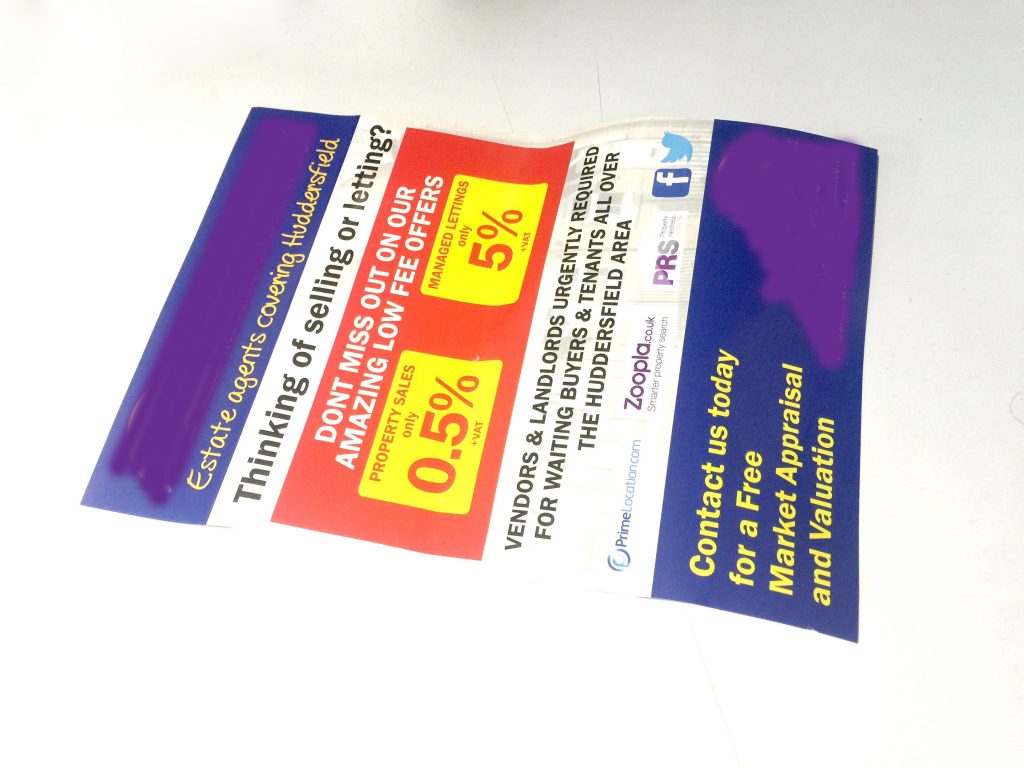Guest blog – Sarah Beedle
Apparently, I have a reputation for pedantry…
That may be my reputation. However, what I actually have is a desire for accuracy and the effective use of language. The English language is extensive and misunderstandings can easily happen if an ill-advised word is selected, or if punctuation is used incorrectly.
Apostrophes are my major bug-bear. The so-called “grocers’ apostrophe” is guaranteed to make me reach for my red pen (or black marker if it’s a sign in a window). Apostrophes do not need to be randomly scattered wherever an S appears at the end of the word. Apostrophes are used for two specific purposes: to demonstrate that letters have been removed from a word (such as in don’t and can’t or it’s etc.) or to prove ownership of something. The art of deciding whether an apostrophe is needed is not dark; it is really simple. And, it is easy to over-ride your computer’s/phone’s desire to add in extraneous punctuation.
Autocorrect often confuses “its” and “it’s”. The only time you need to write “it’s” is when you are contracting the words “it is” or “it has”. In times of yore contractions were never permitted in writing, and they probably still are not sensible in official documents. However, language evolves and contractions are acceptable (and possibly even encouraged) in social media posts and sales copy – but only when used correctly.
The other form of apostrophe that autocorrect appears to enjoy is the possessive one: that’s the true “grocers’ apostrophe”. Inserting apostrophes in words such as potatoes, tomatoes, cauliflowers, etc. is unnecessary. Where apostrophes should appear is in words and phrases that denote ownership.
For example: “She was wondering where she had left her shoes. The girl’s shoes were found under the bed.” The pair of shoes belong to the singular girl, therefore the apostrophe goes before the S in “girl’s”.
I understand the confusion about whether the apostrophe should be placed before or after the S. Again, this is simple to decide: if you are talking about a group of people/things, then the apostrophe comes after. If you are talking about an individual, then it is placed before. There is only one word that breaks this rule (the exception): children’s. The word “children” is already a plural. However, as there is no such word as “childrens”, as I frequently heard from an old boss, the correct usage has to be “children’s”.
Hiccups can occur when a person’s name ends with an S. Where should the apostrophe be placed then? Where would James’ apostrophe be placed? “Jame’s” is definitely wrong. However, you can choose between James’ or James’s. I go for the former as it takes less space and copy often has to fit a specified area, and occasionally letter count.
No-one ever worries about apostrophes when they are correctly used. However, when placed incorrectly apostrophes make your company look questionable: one method of spotting a scam, other than an email originating from a Nigerian prince, is to look at the language and grammar and then decide…
PS: Yes, I have sat and pondered whether it should be grocers’ or grocer’s… I decided upon the former as many grocers have been known to make the error – and probably many other people too.
Sarah features in our Partners, we have had a long working relationship with Sarah, and have grown to appreciate each others skill sets, and thrive off the relationship it has created.
See more on our partners page.







